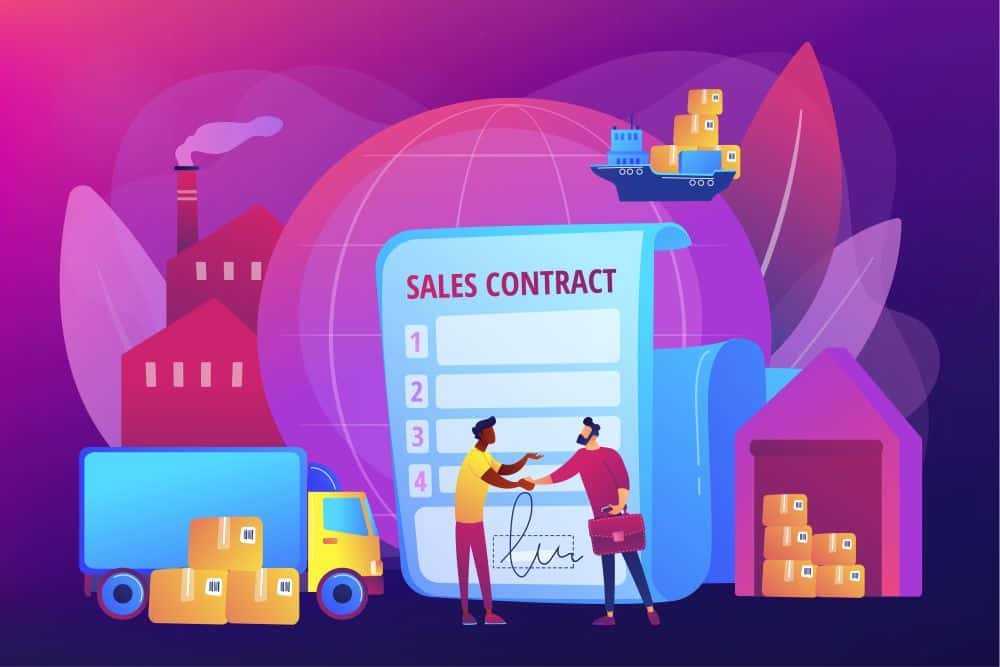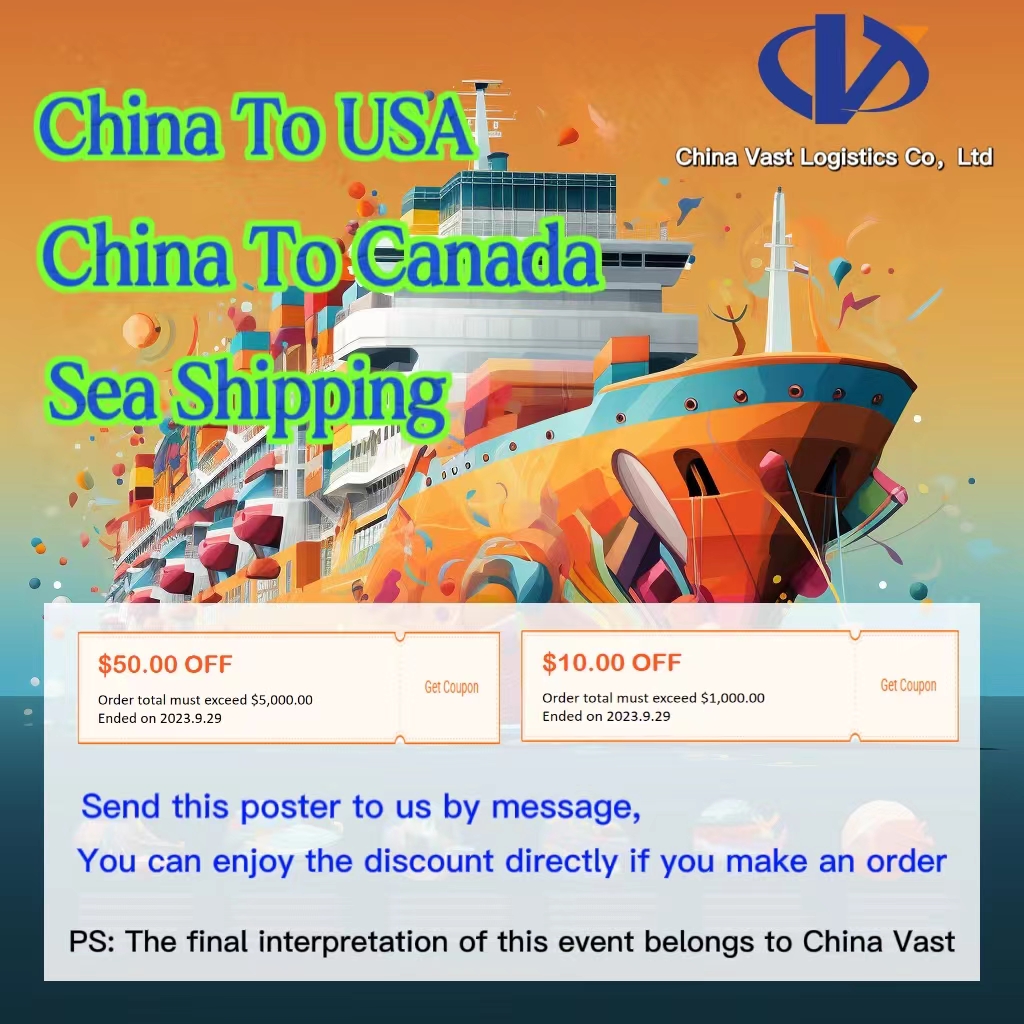The DAP and DDP Incoterms allocate responsibility differently between buyer and seller for shipping goods to an international destination.
With DAP, the seller handles export clearance and delivers the goods to the named place abroad, but not unloaded. The buyer bears import clearance costs and risks to get the goods into the destination country. The named place can be flexible under DAP – a port, buyer facility, etc.
Under DDP, the seller takes on full delivery including import clearance, paying all costs and risks until the goods arrive cleared for import and ready to unload.

DDP poses risks for the seller as they may lack experience with the destination’s import processes and regulations. The seller must handle unfamiliar import clearance, find a qualified broker, and deal in foreign currency. Since the seller acts as importer, they must determine how to legally import into the buyer’s country.
With the seller handling everything, DDP requires high trust by the buyer in the seller’s ability to successfully manage those import hurdles in the foreign country. If the seller fails to clear customs properly, the buyer faces significant costs and delays.
In summary, DAP splits delivery with the buyer handling import, while DDP shifts that responsibility fully to the seller through final import clearance. The choice depends on which party can more efficiently handle the destination country import requirements.

Welcome to CHINA VAST GROUP, a distinguished enterprise established in 2005. As a leading service provider in China, we specialize in international logistics and supply chain services, with a commitment to innovation, mutual benefit, and win-win partnerships. We operate through three principal divisions: CHINA VAST LOGISTICS CO., LTD., VASTFORTUNE STORAGE AND TRANSPORTATION CO., LTD. and VASTREACH SUPPLY CHAIN CO., LTD., each dedicated to excellence in their fields.
